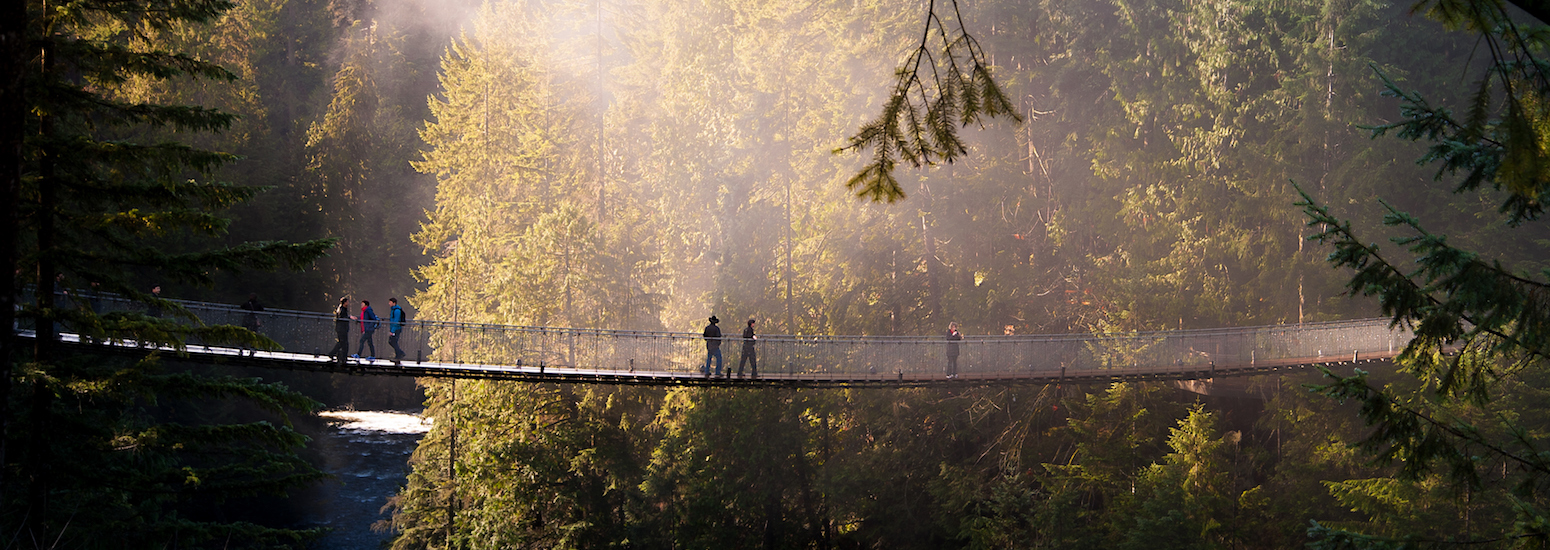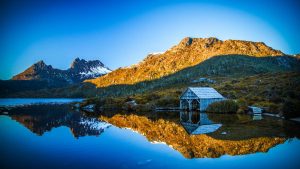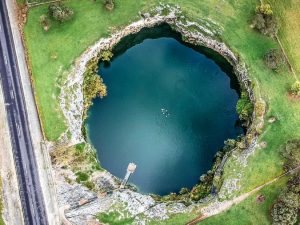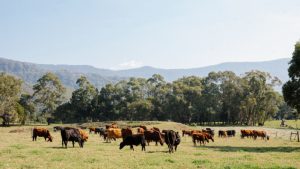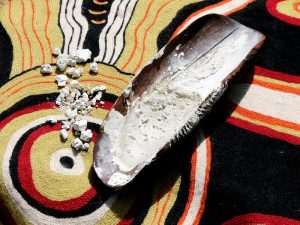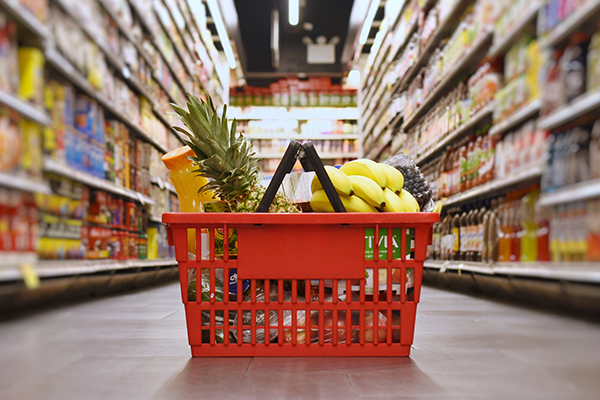Australian coffee culture is one of the most advanced in the world and we have a lot to learn from it. Australians care about the quality and the taste of the coffee. And most of all, enjoy coffee and everything around it! It’s a way of life, not just fuel to get you through the day.
Enjoy coffee to the full
In Australia coffee is basically a way of life. People are breathing, feeling and dreaming of it. It’s ok to love it from the bottom of your heart, maybe also to pay a little bit more to ensure it’s amazing and even walk a bit further to get to your favorite café.

Let the taste lead you
Even though latte art is becoming more common also in Finland, it’s not guaranteed that you’ll get it if you order a cappuccino. In Australia, a café will probably not last a month if the baristas don’t know how to make latte art. The common belief is that it only makes the coffee look pretty, but actually it affects the taste of the coffee.


Learn the difference between good and bad quality
Starbucks has failed to enter the markets in Australia, because Australians didn’t like the poor quality of their coffee and their average customer service. Australians want to drink coffee that actually tastes like coffee. People are demanding quality flavors and aromas, quality roasting and brewing and simply just caring baristas who’ll treat the coffee the way it should be treated.


Be unique
95% of the cafés throughout Australia are independently owned, which means almost every café looks different. That kind of places are usually very welcoming, cozy and interesting to say the least. They make you want to stay there forever, or at least a few hours, and enjoy your coffee and breakfast in peace while reading a newspaper or watching people walking by.
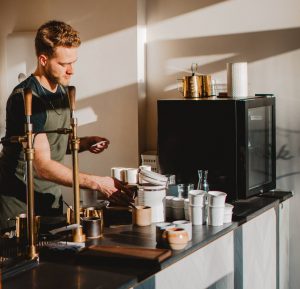

Find your own ideas
If people are passionate about something, it creates a great platform for new ideas. Love for something makes you want to make it your own. This is what happened in Australia when they invented a coffee called flat white. They wanted to have a coffee that they can call their own and that caresses their taste buds.



 COVID-19 Around the World3 years ago
COVID-19 Around the World3 years ago
 Cuisine Explorer4 years ago
Cuisine Explorer4 years ago
 Arabic2 years ago
Arabic2 years ago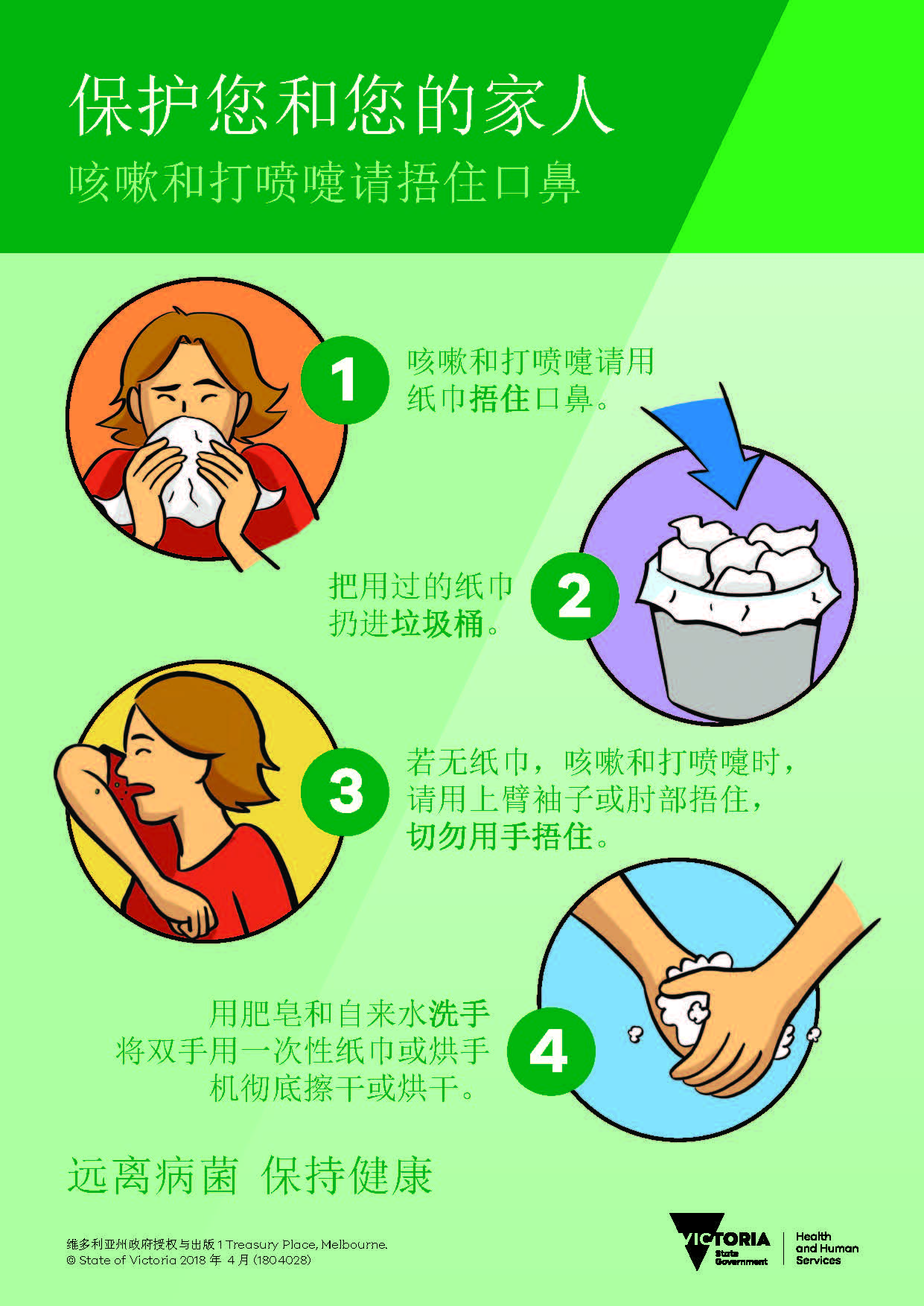
 Cantonese - Traditional Chinese4 years ago
Cantonese - Traditional Chinese4 years ago
 Tagalog4 years ago
Tagalog4 years ago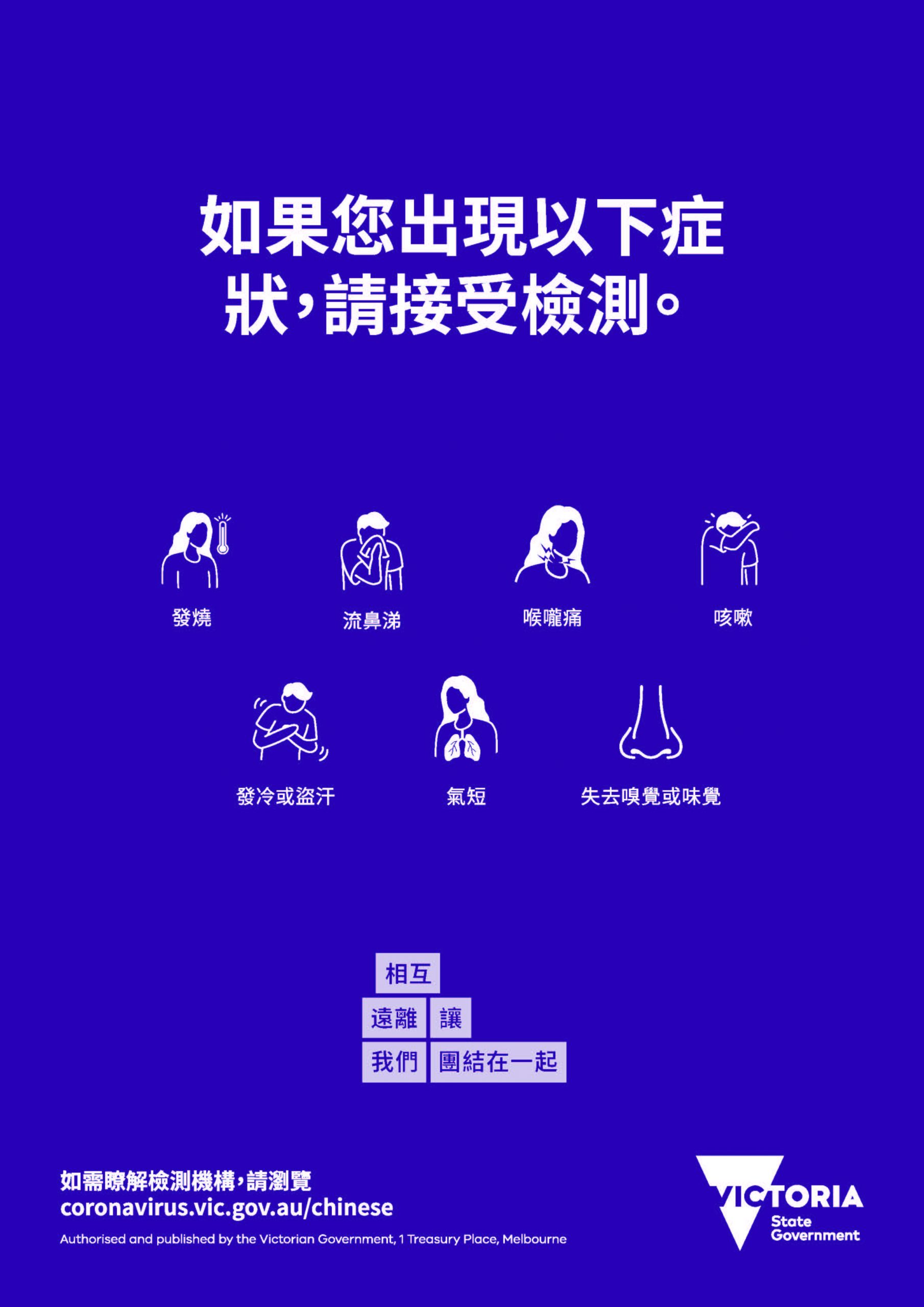
 Uncategorized4 years ago
Uncategorized4 years ago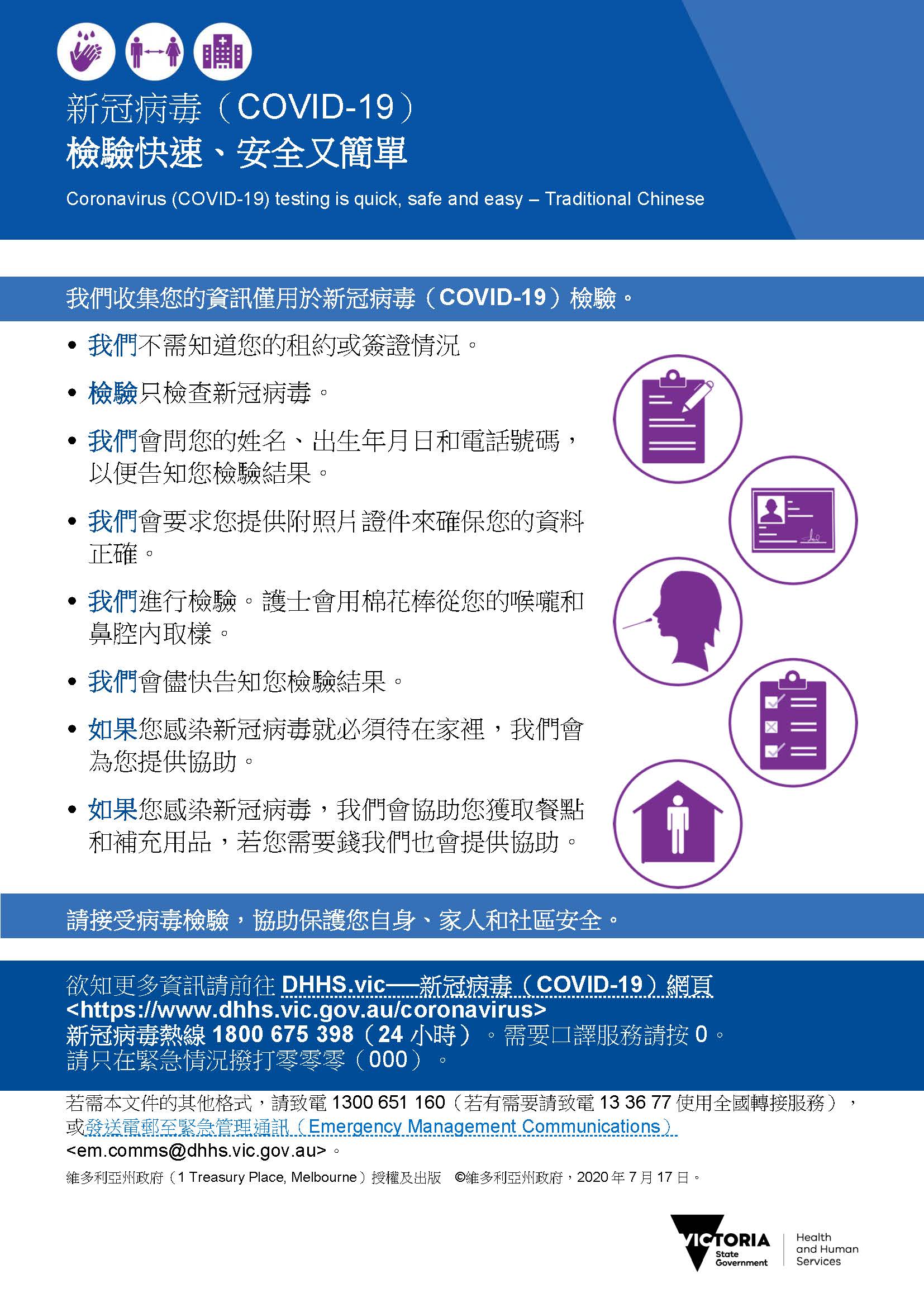
 Uncategorized4 years ago
Uncategorized4 years ago











